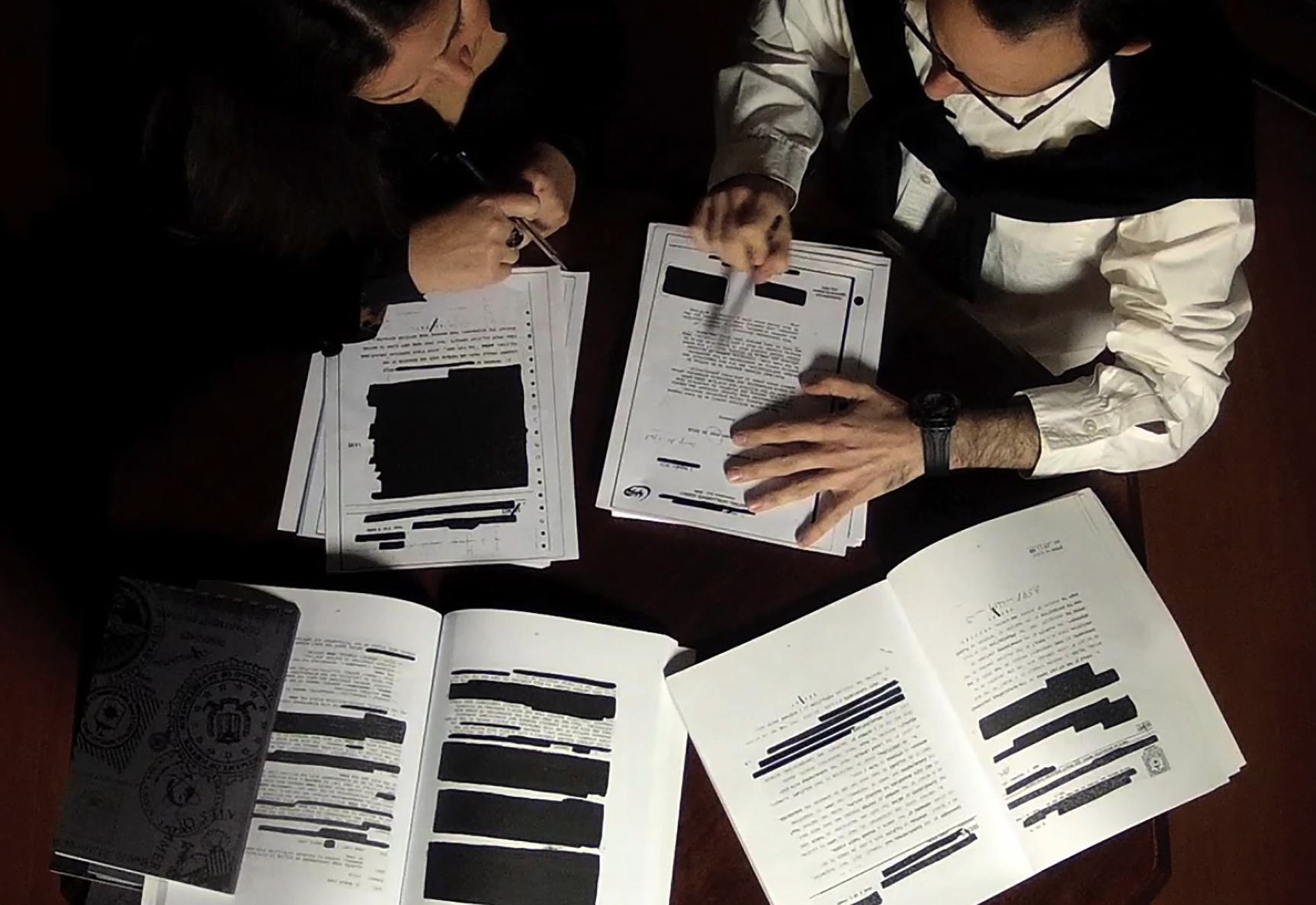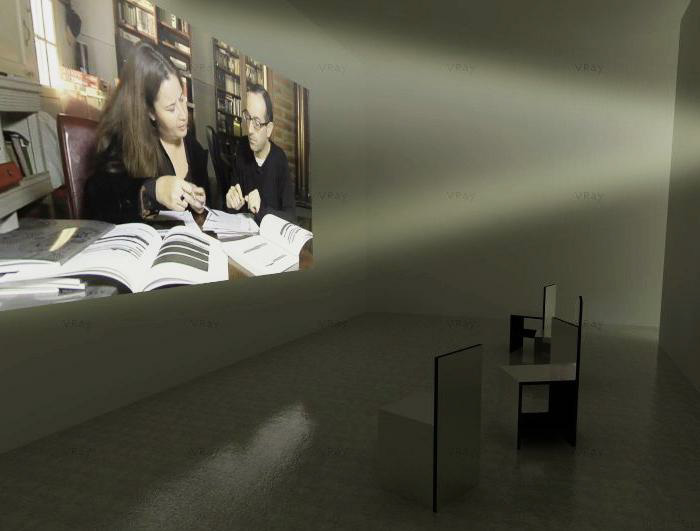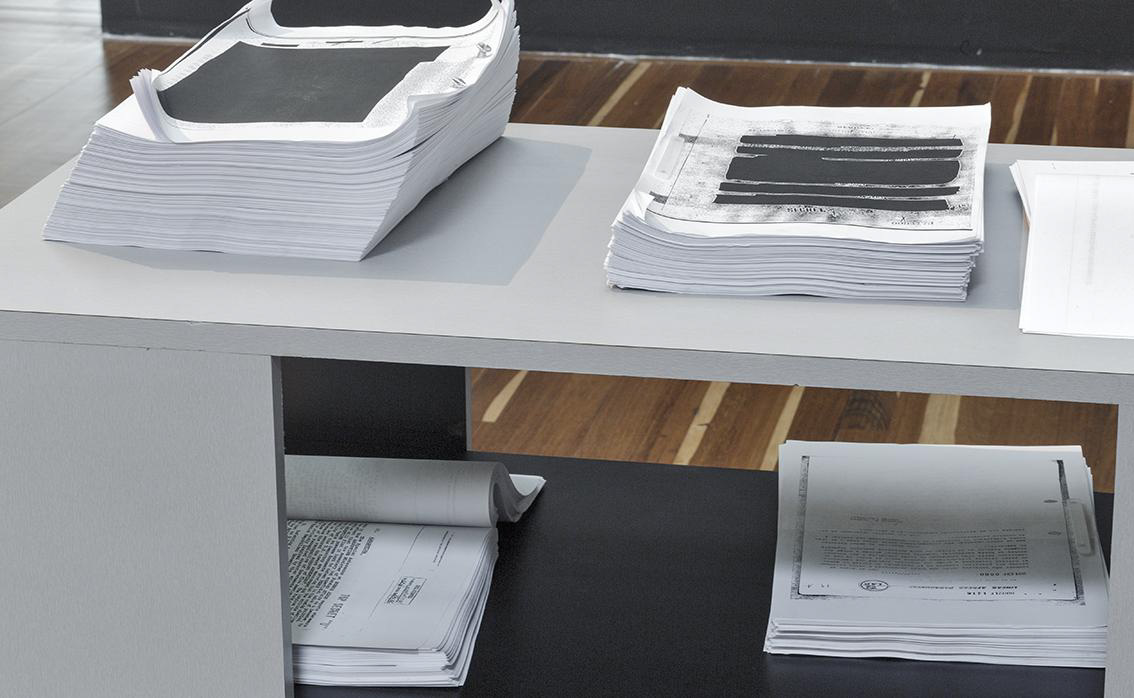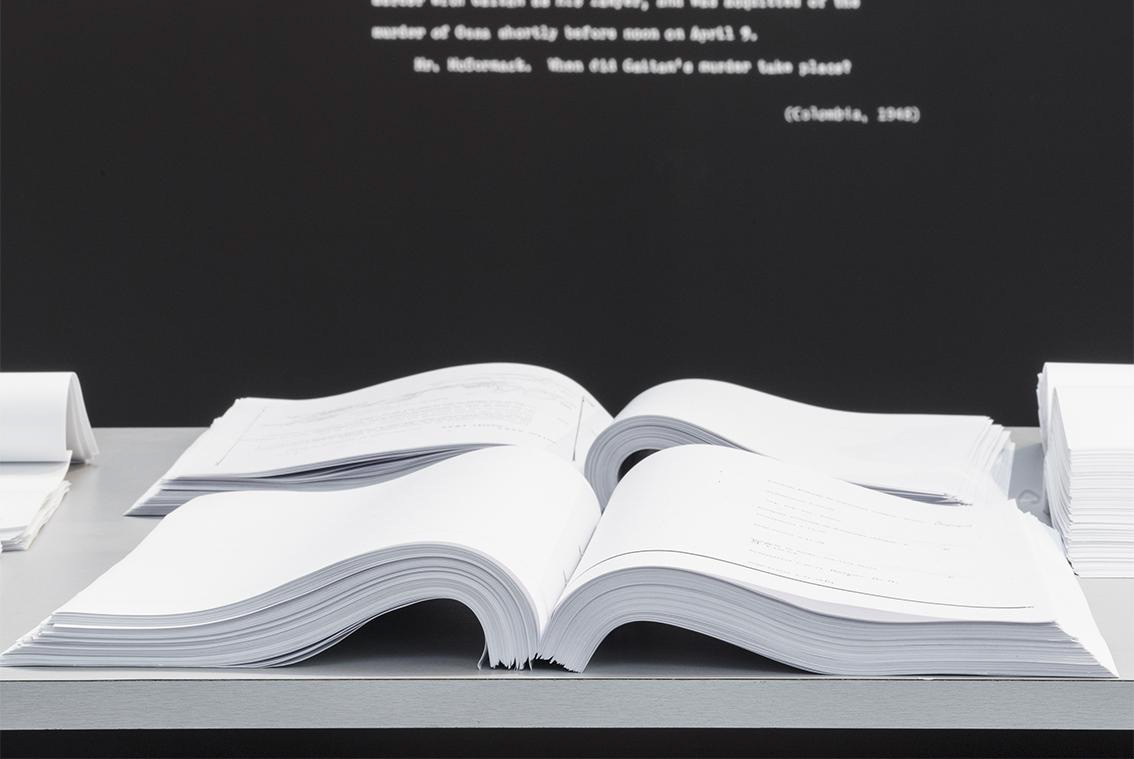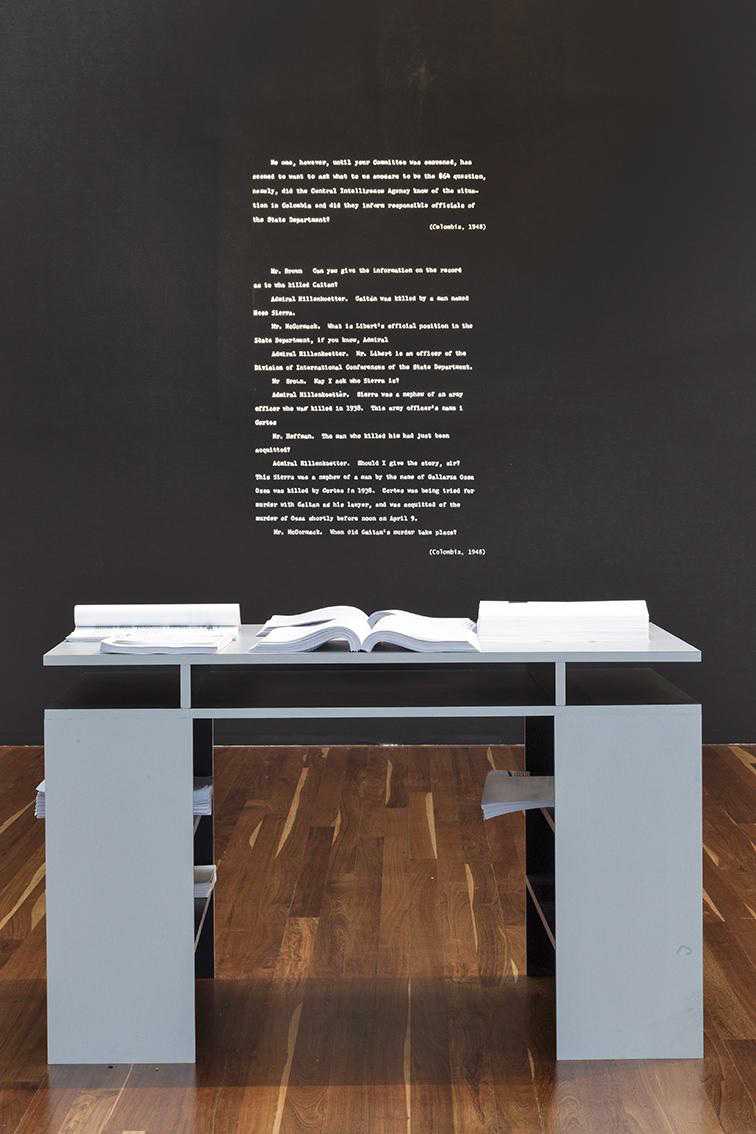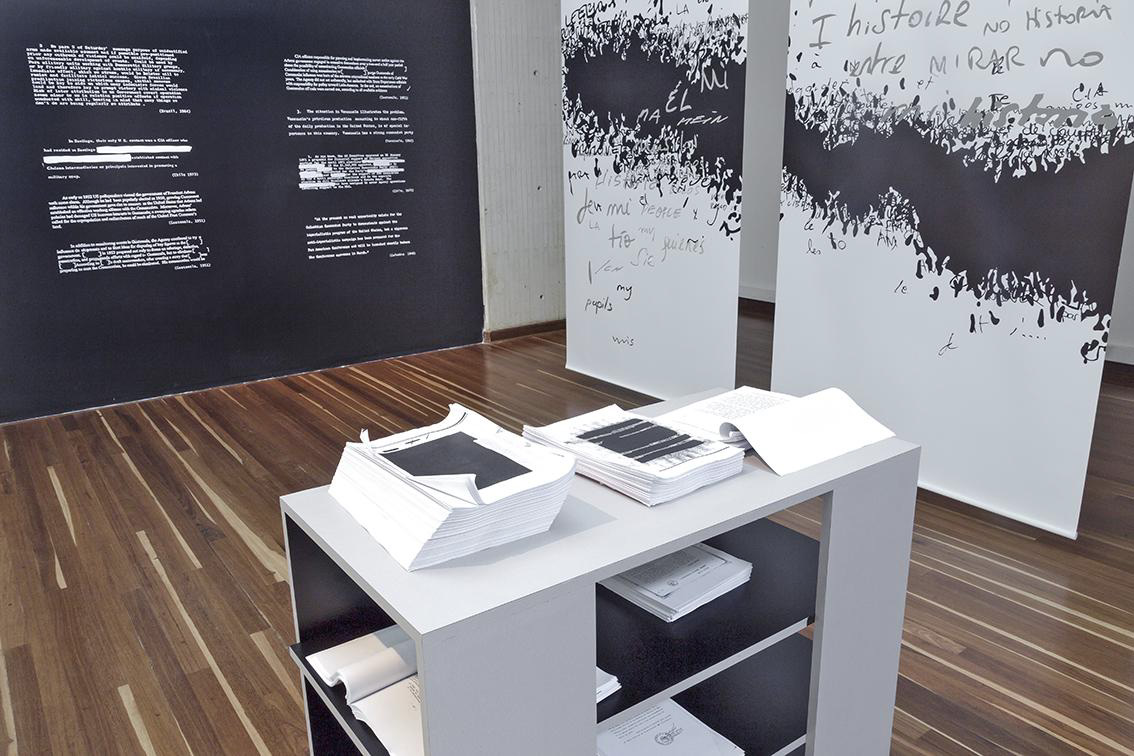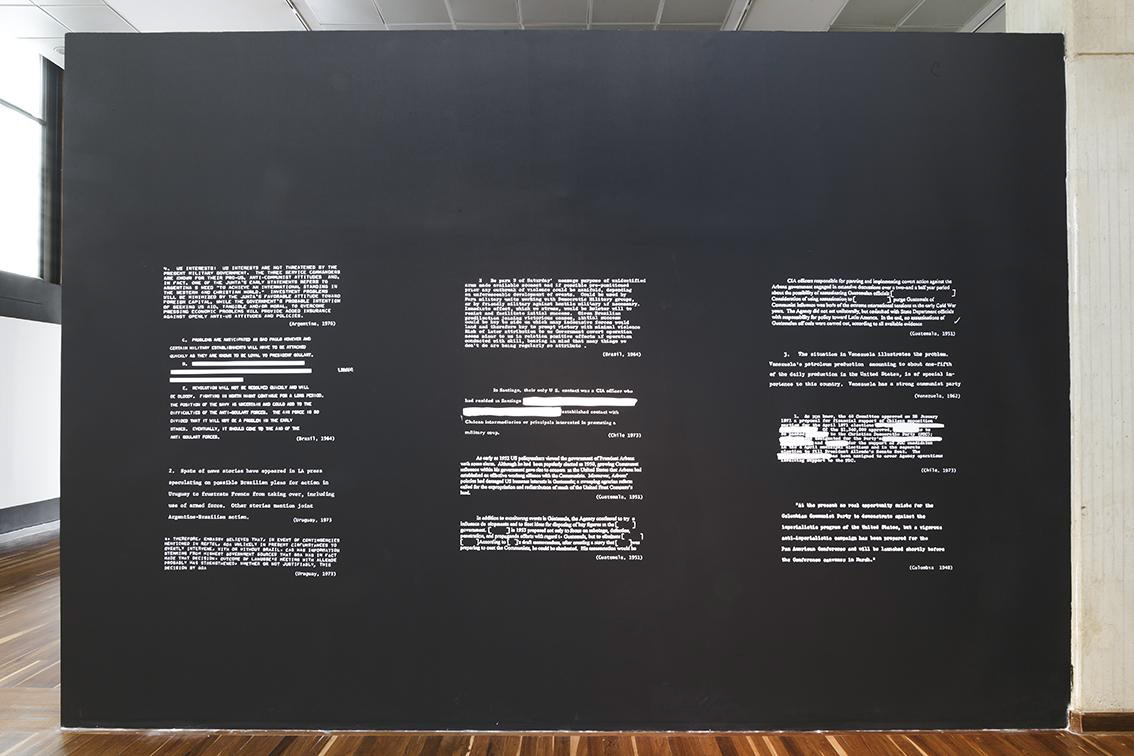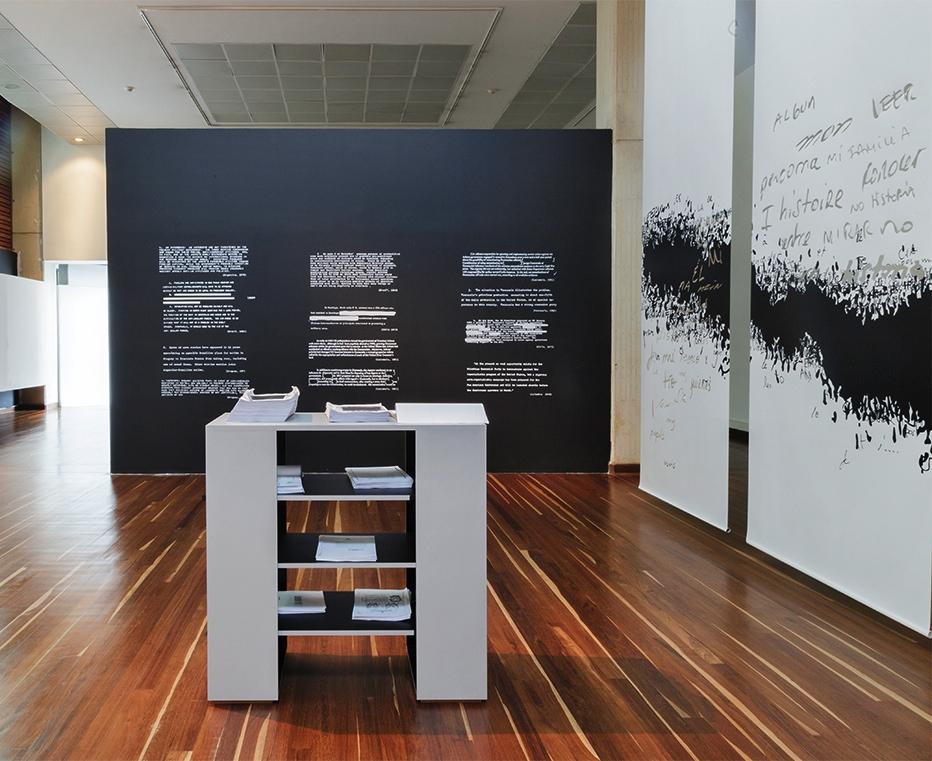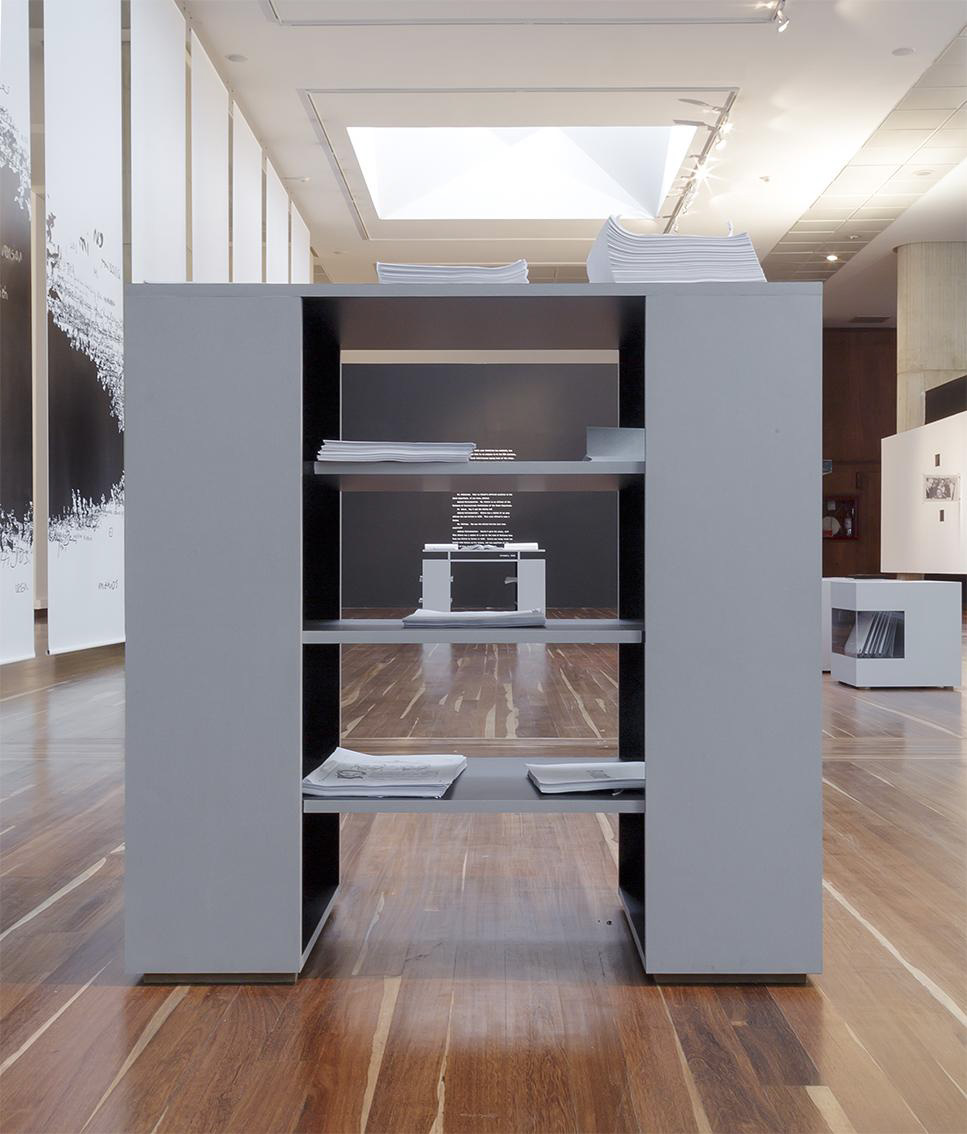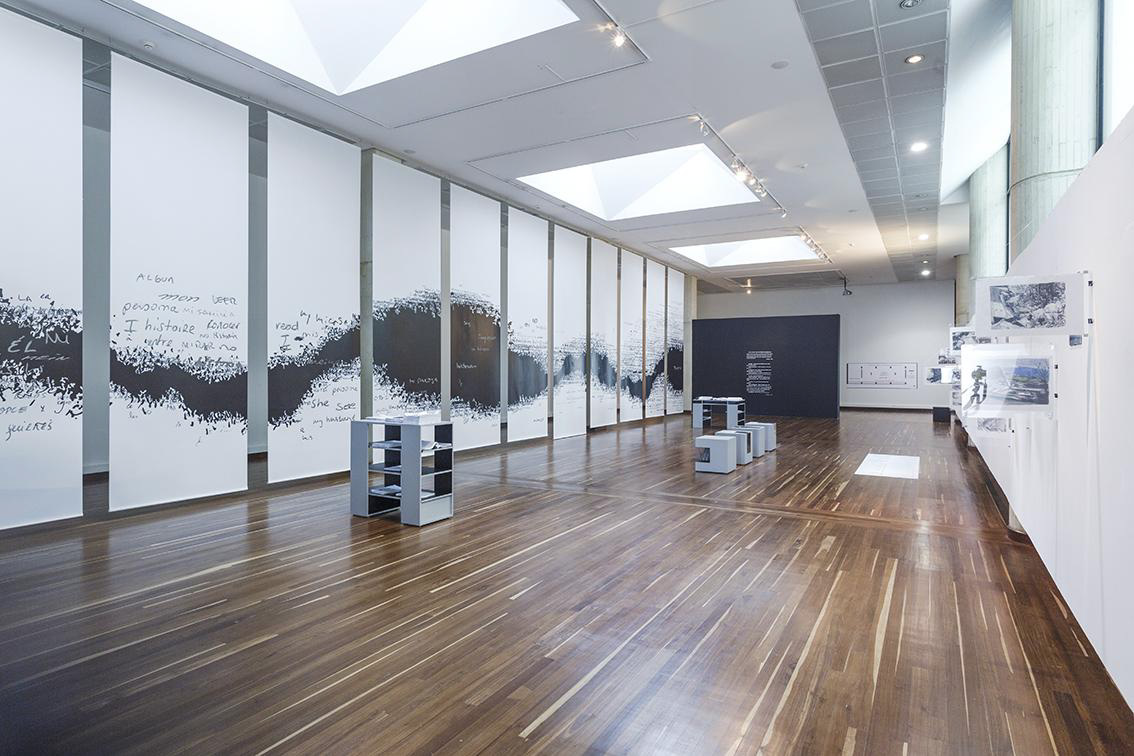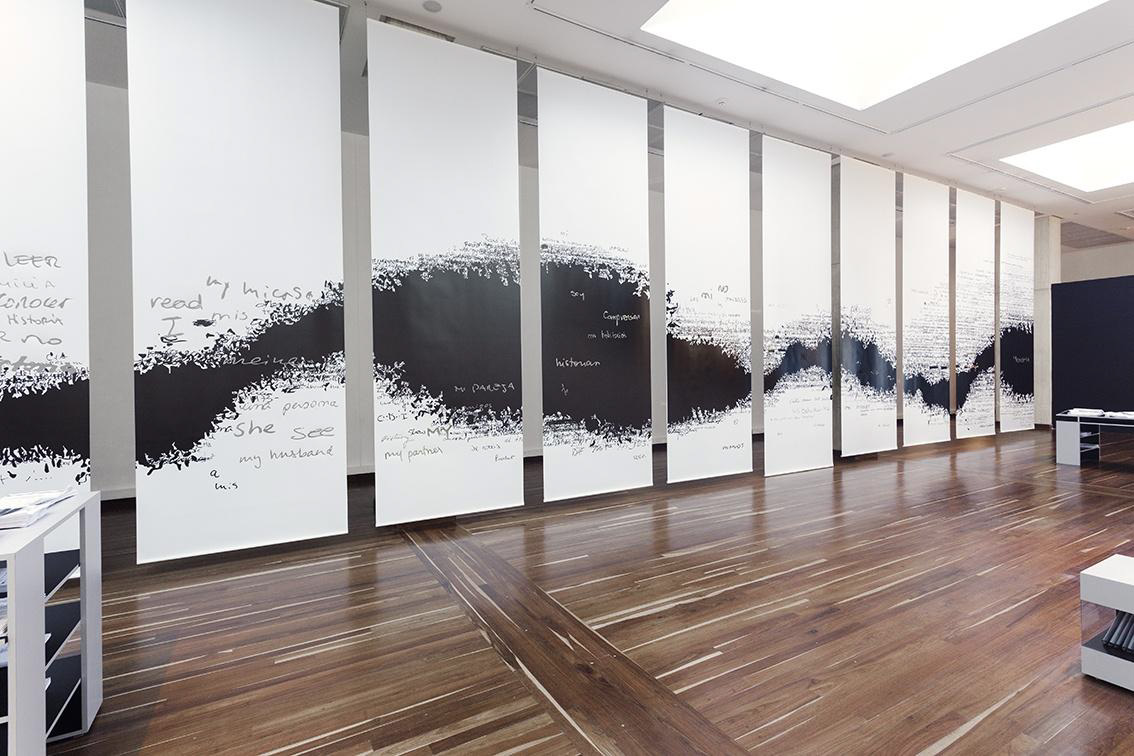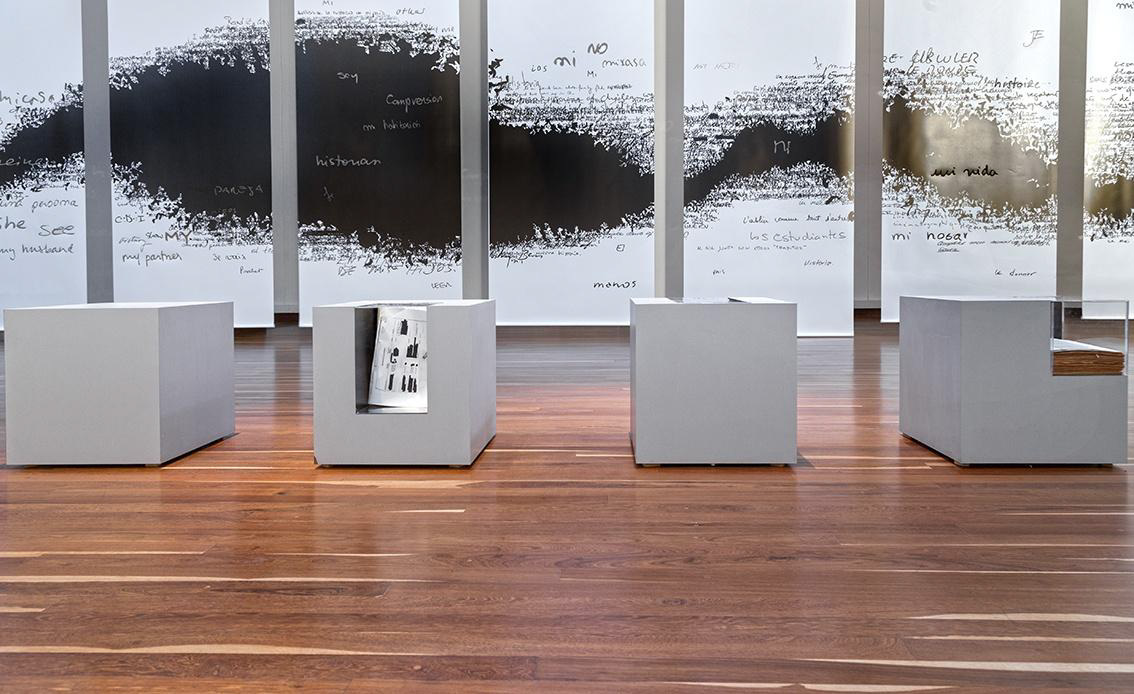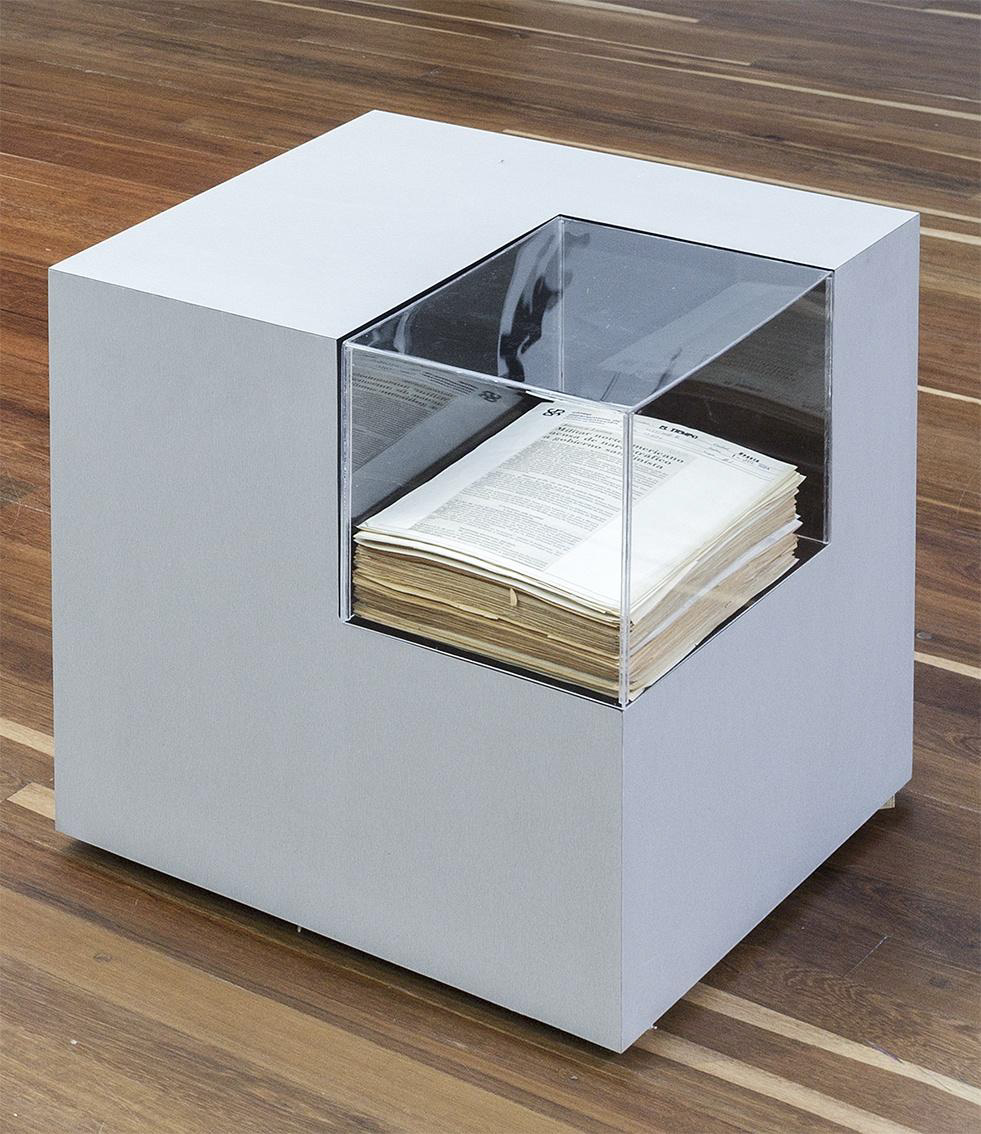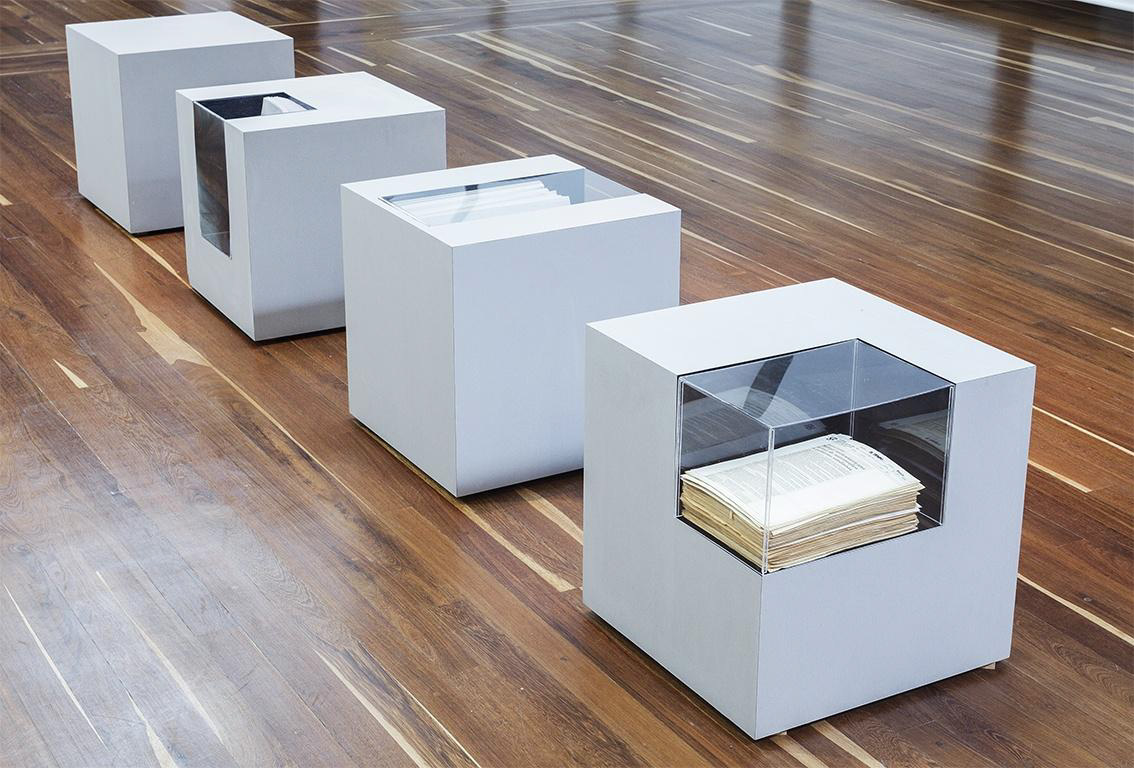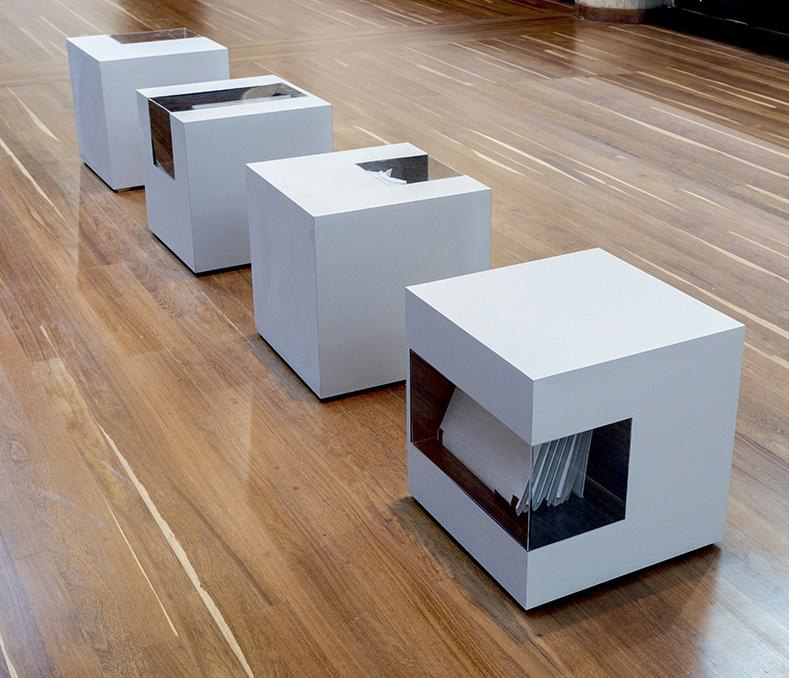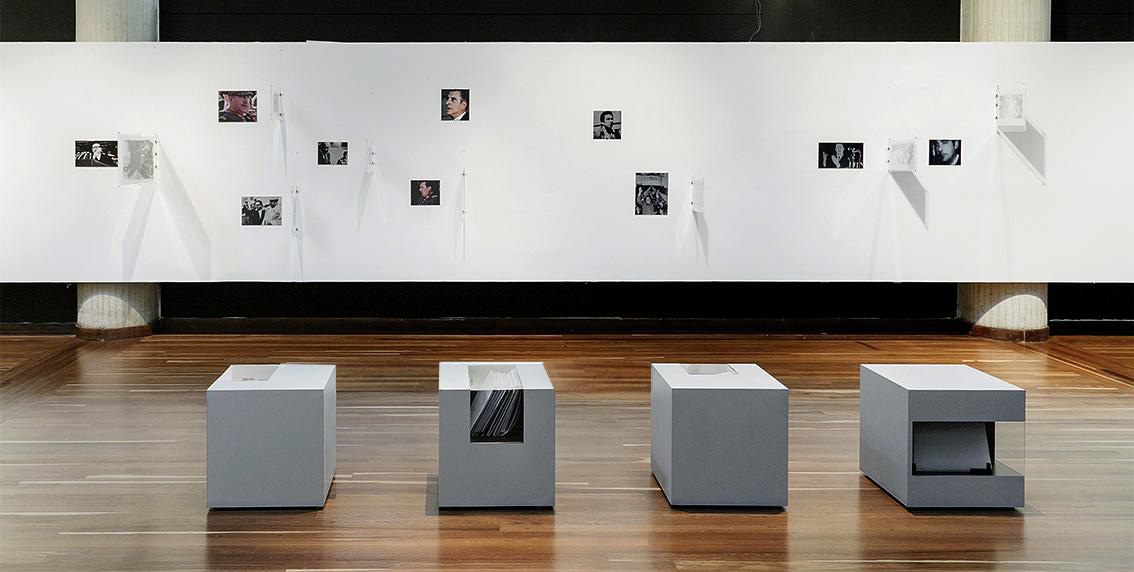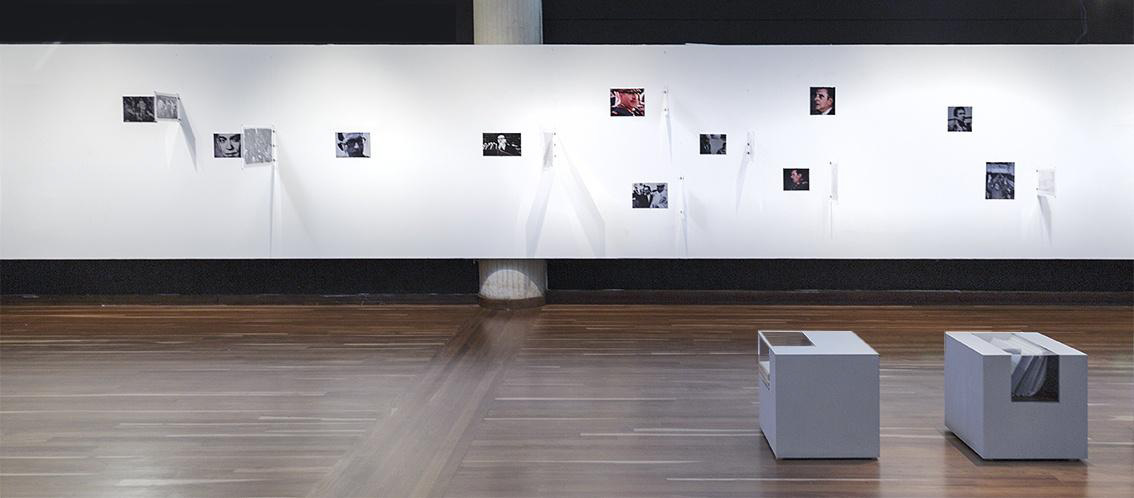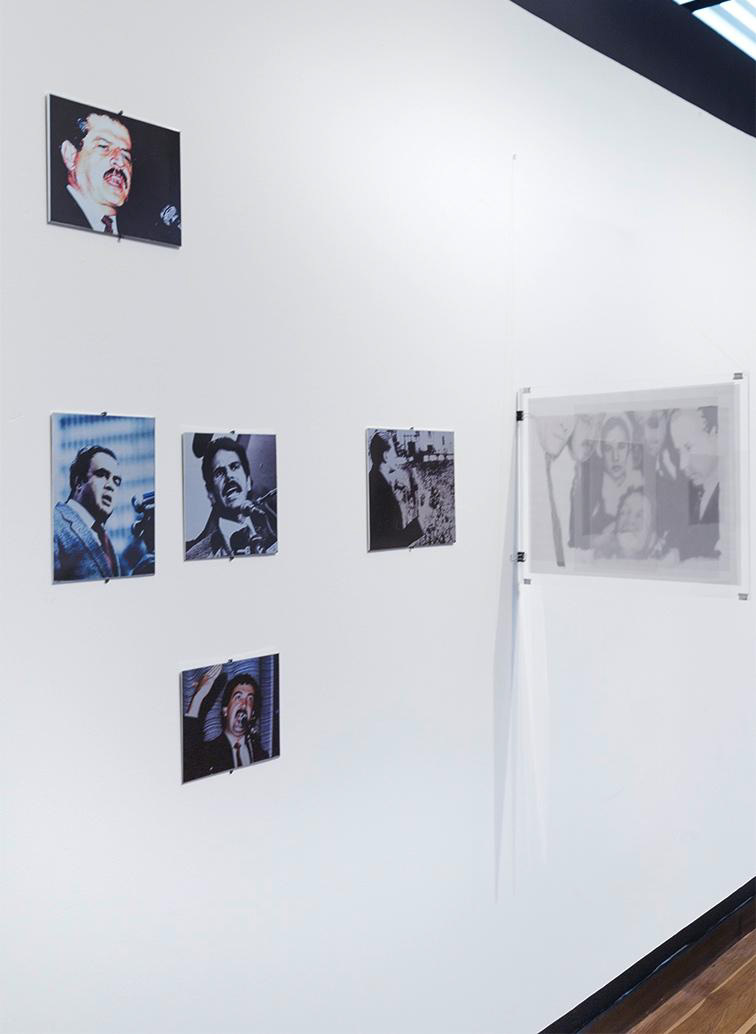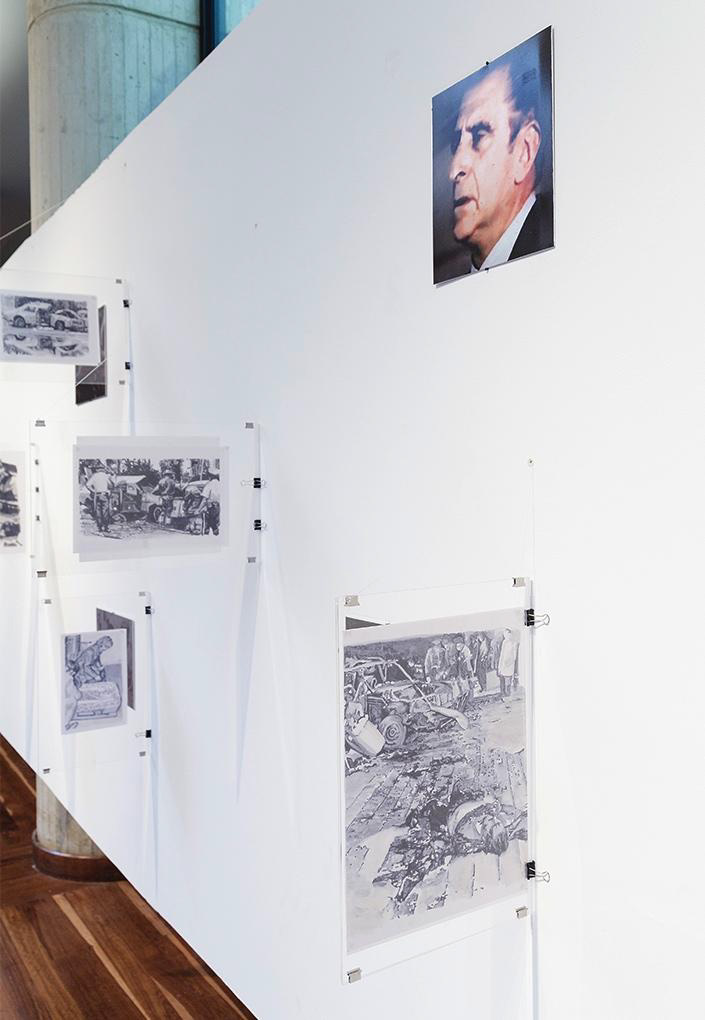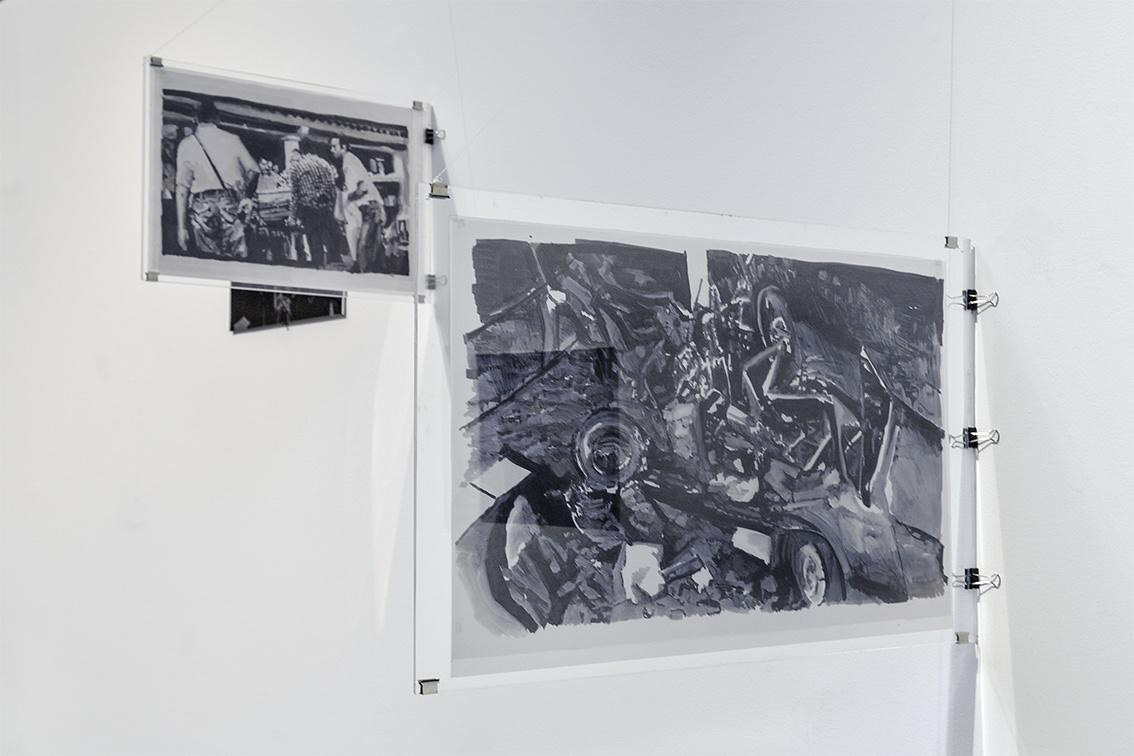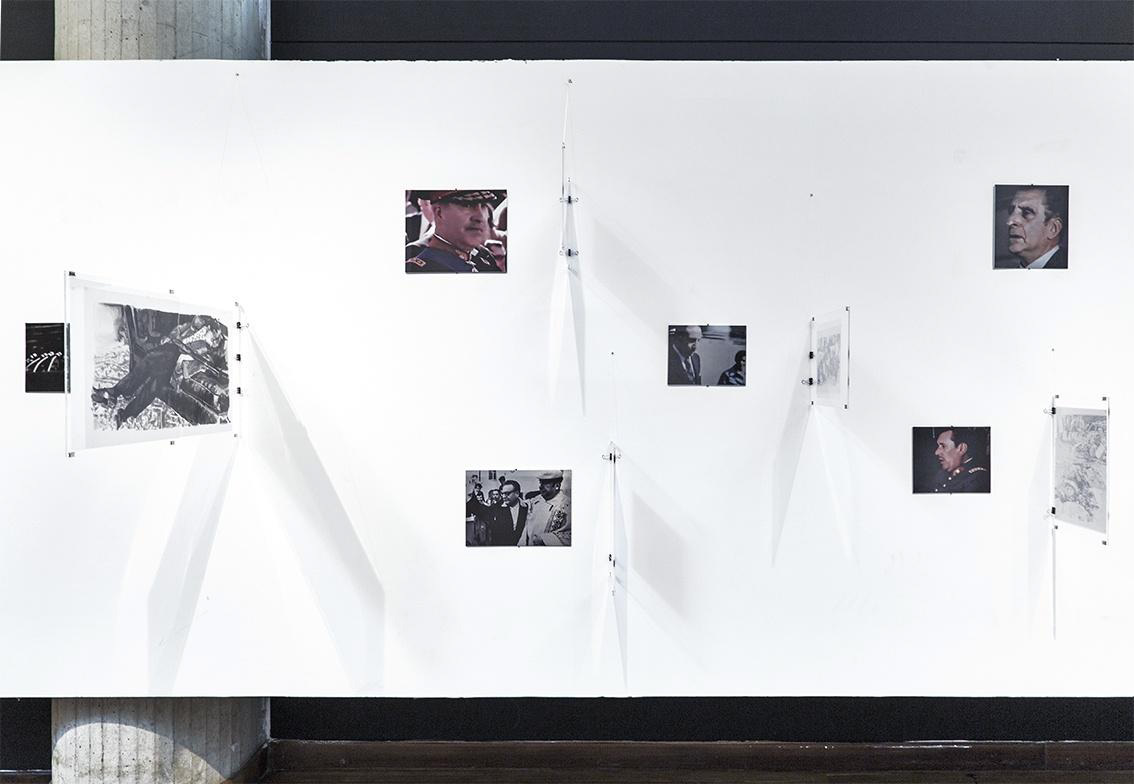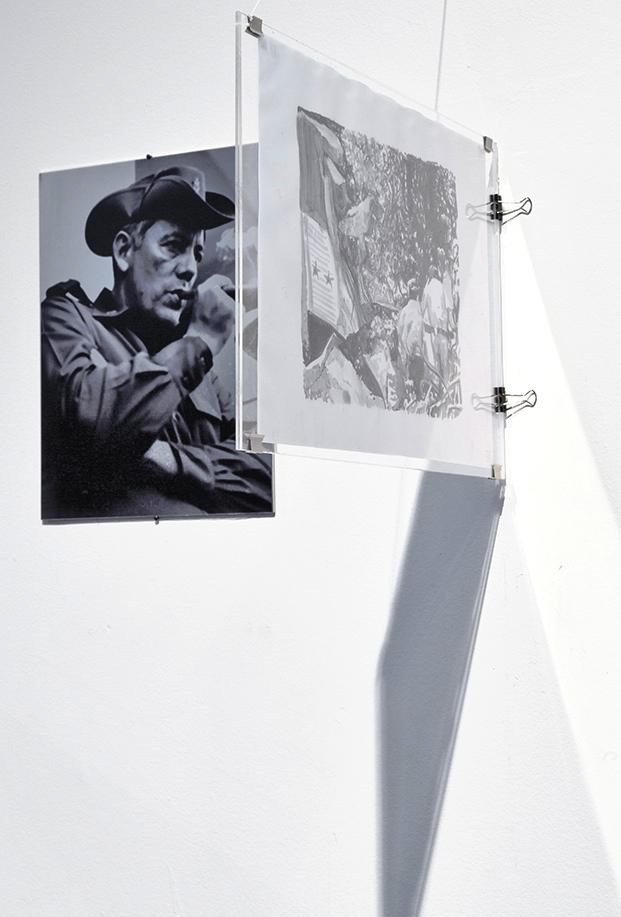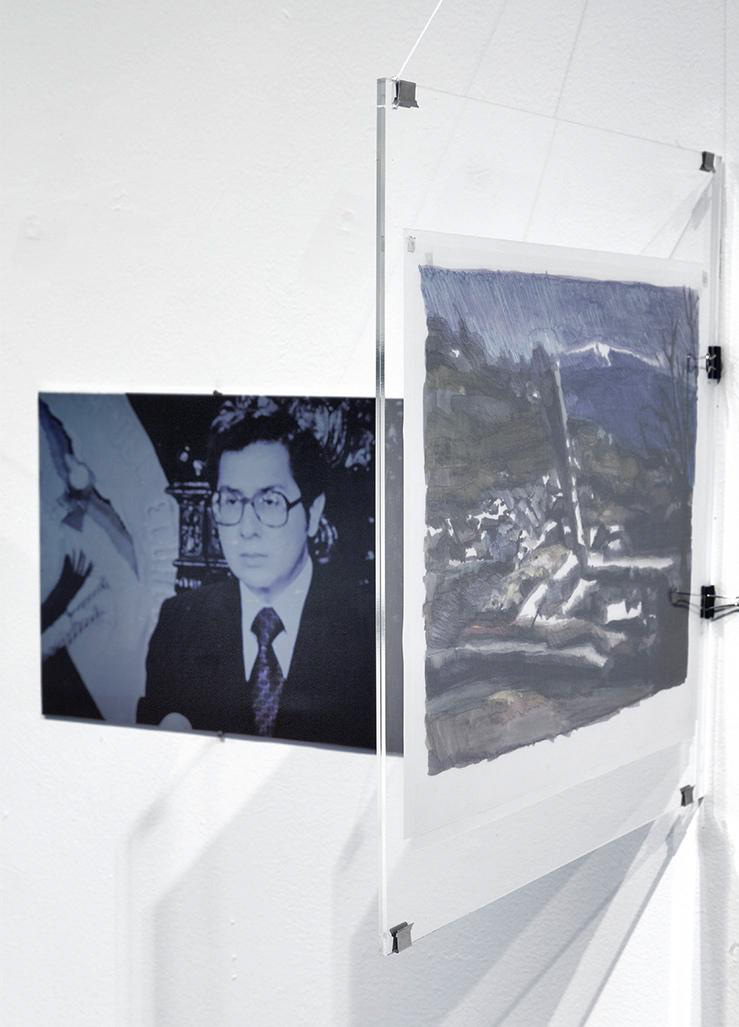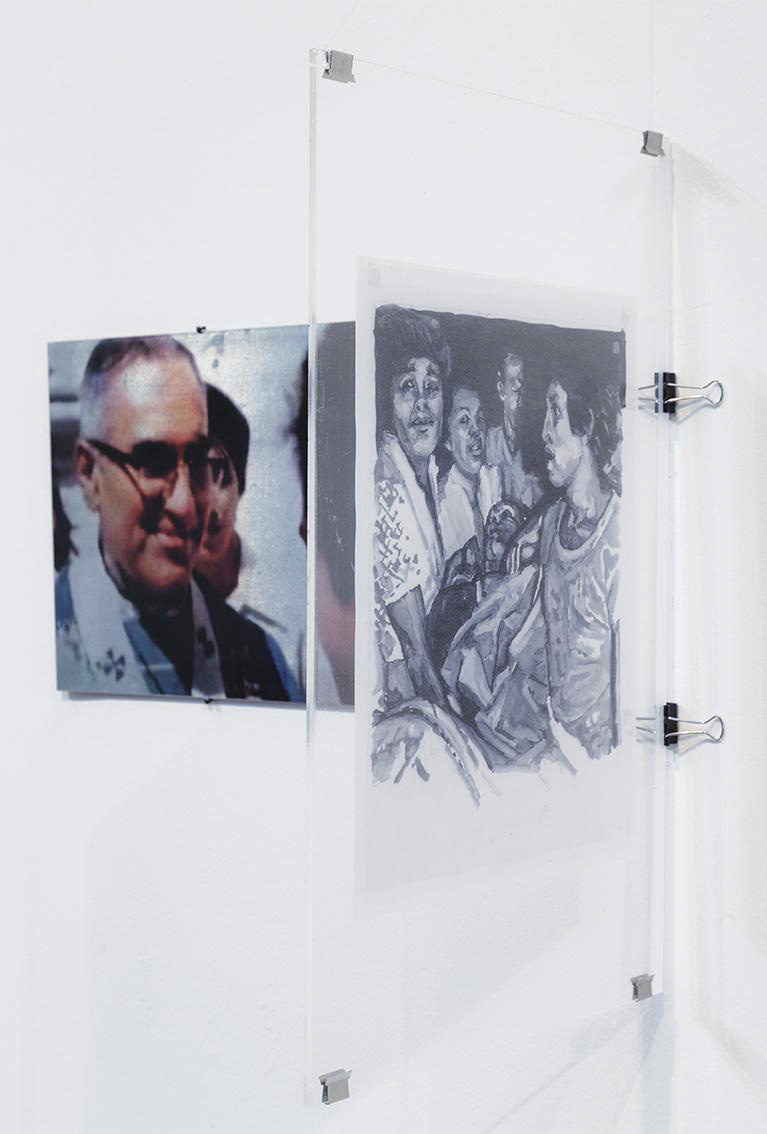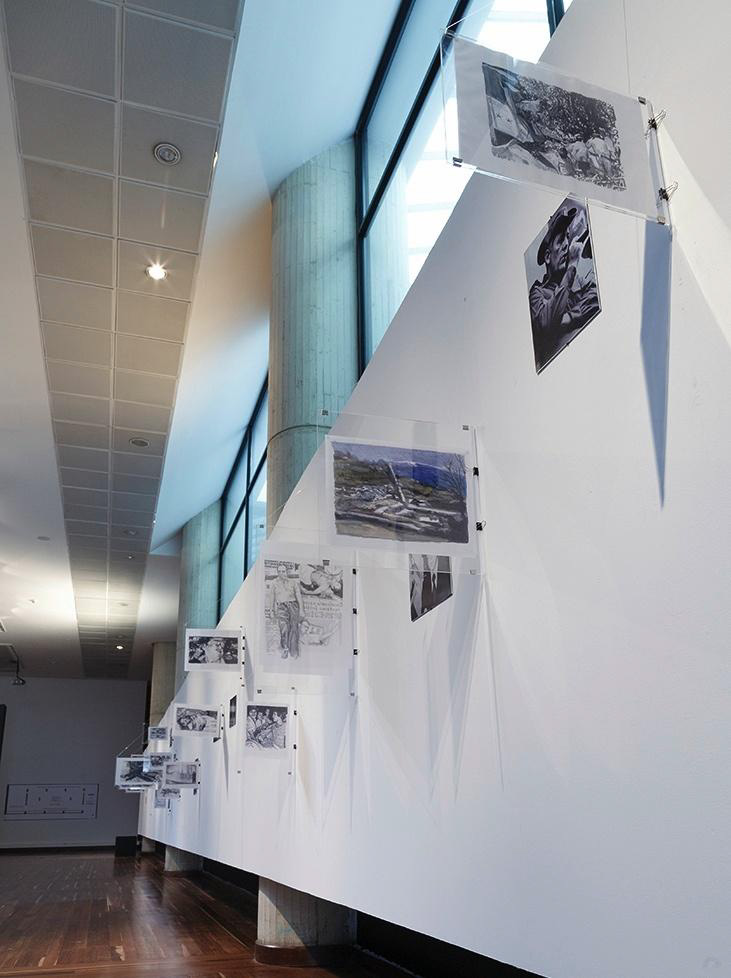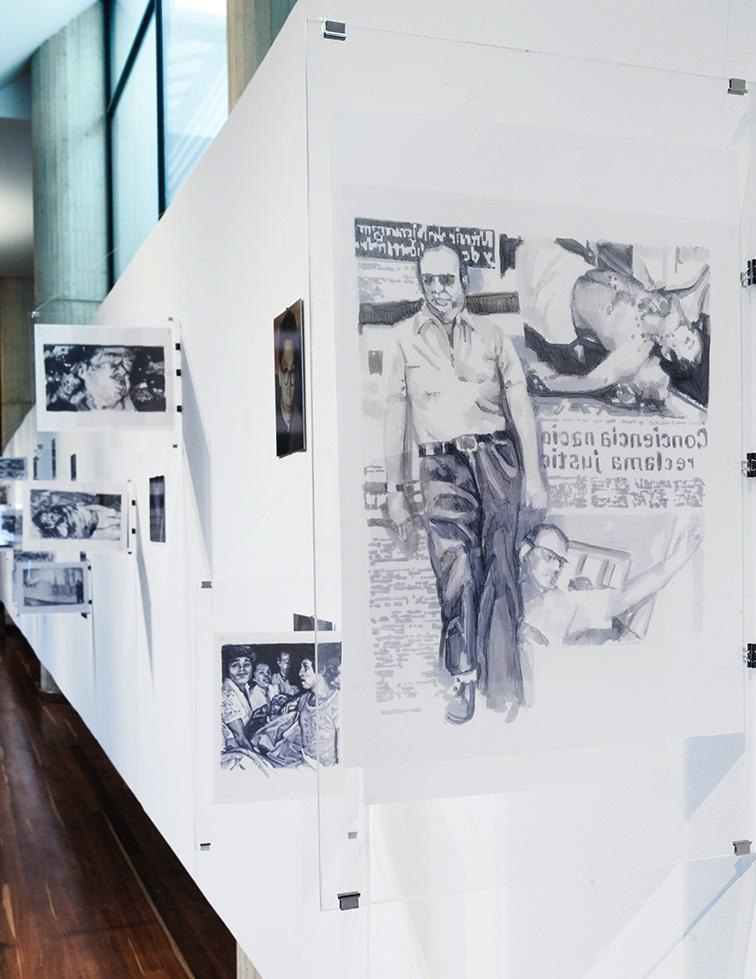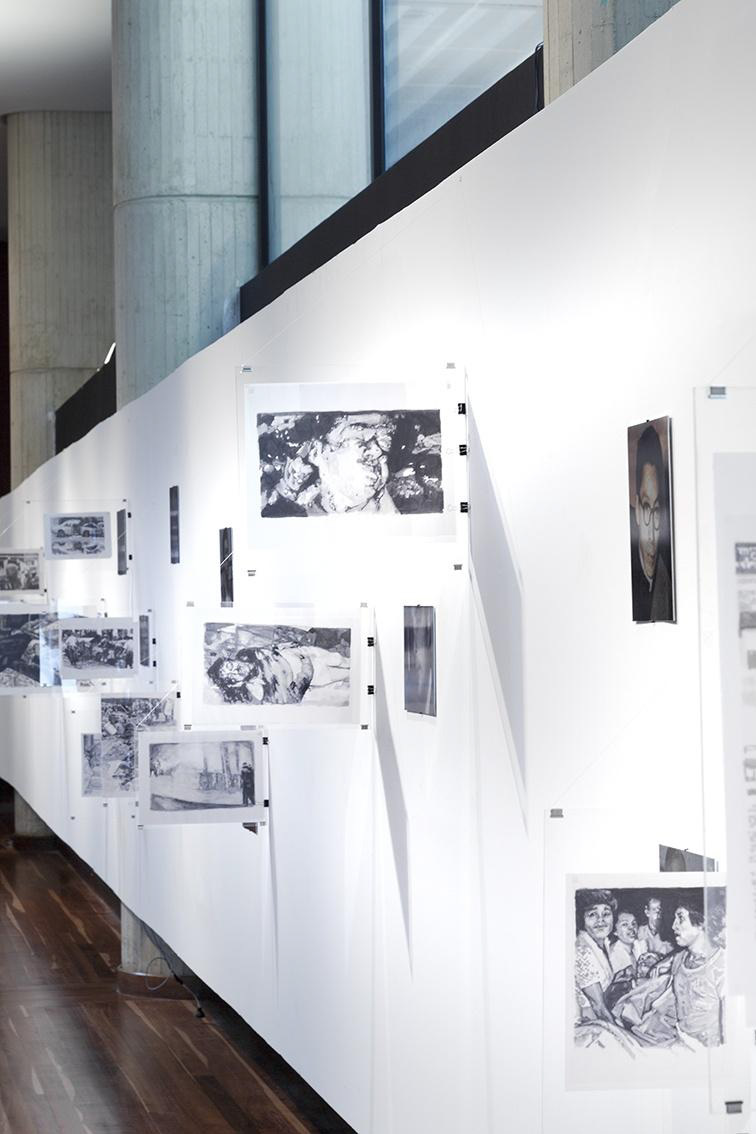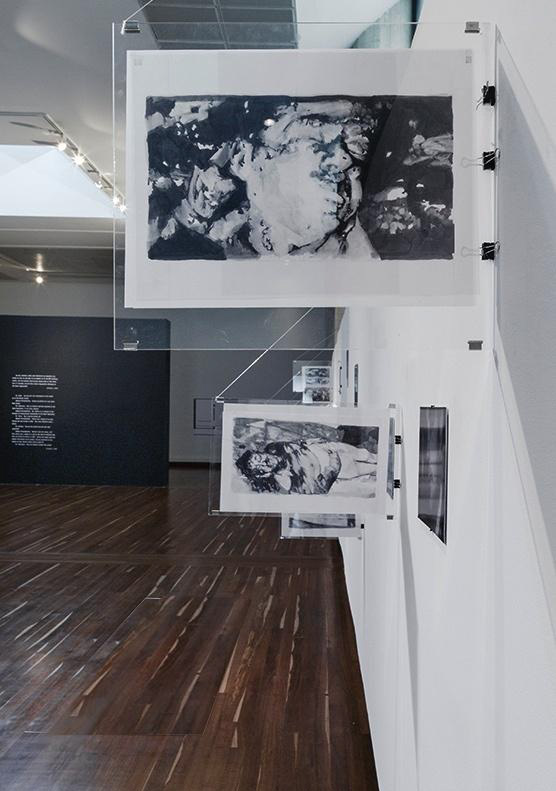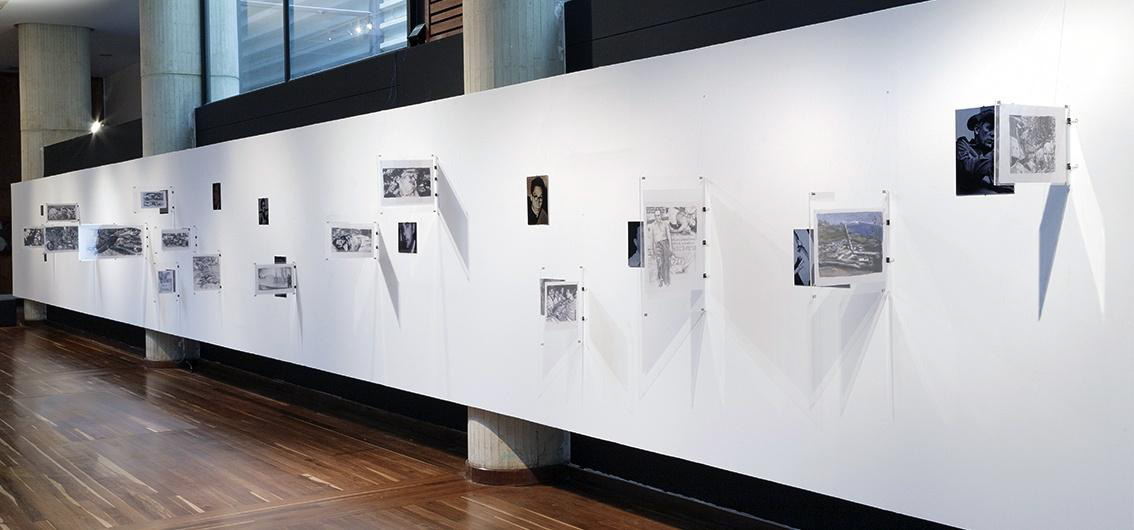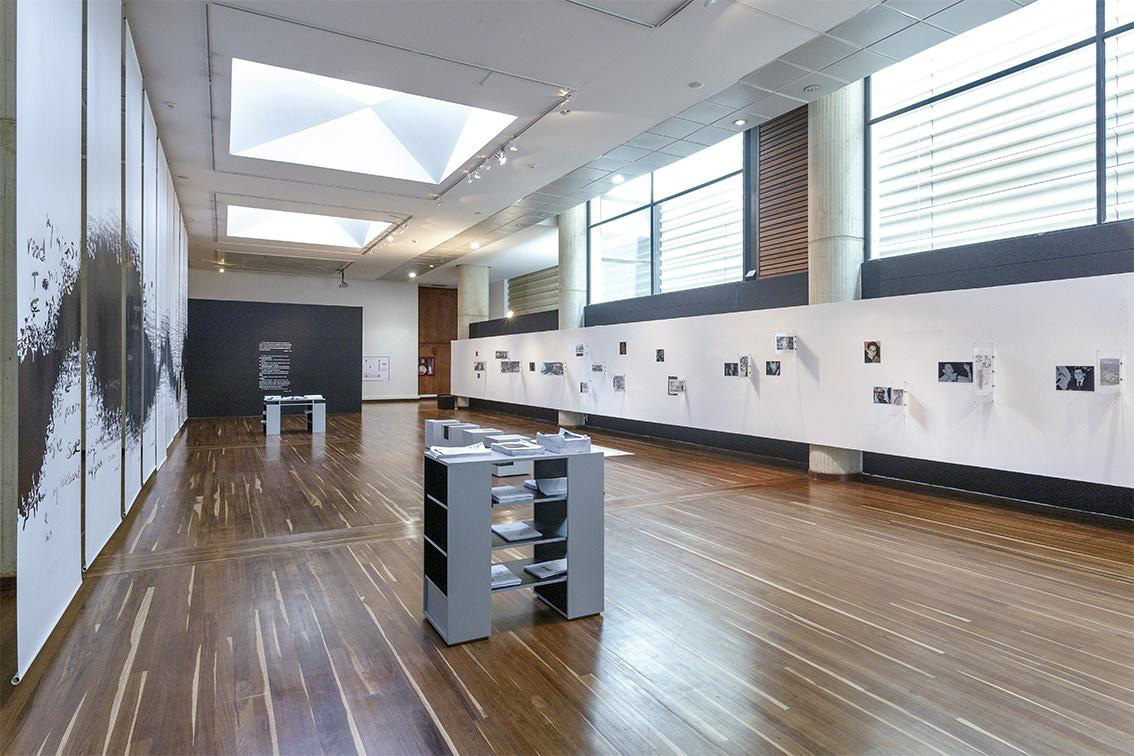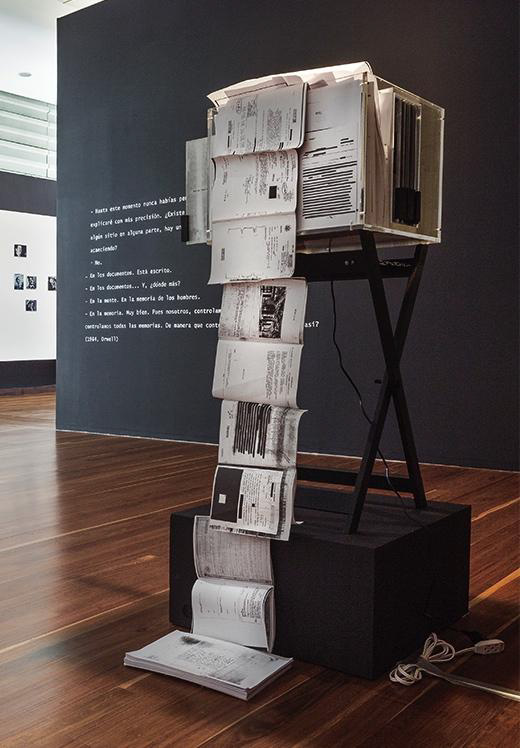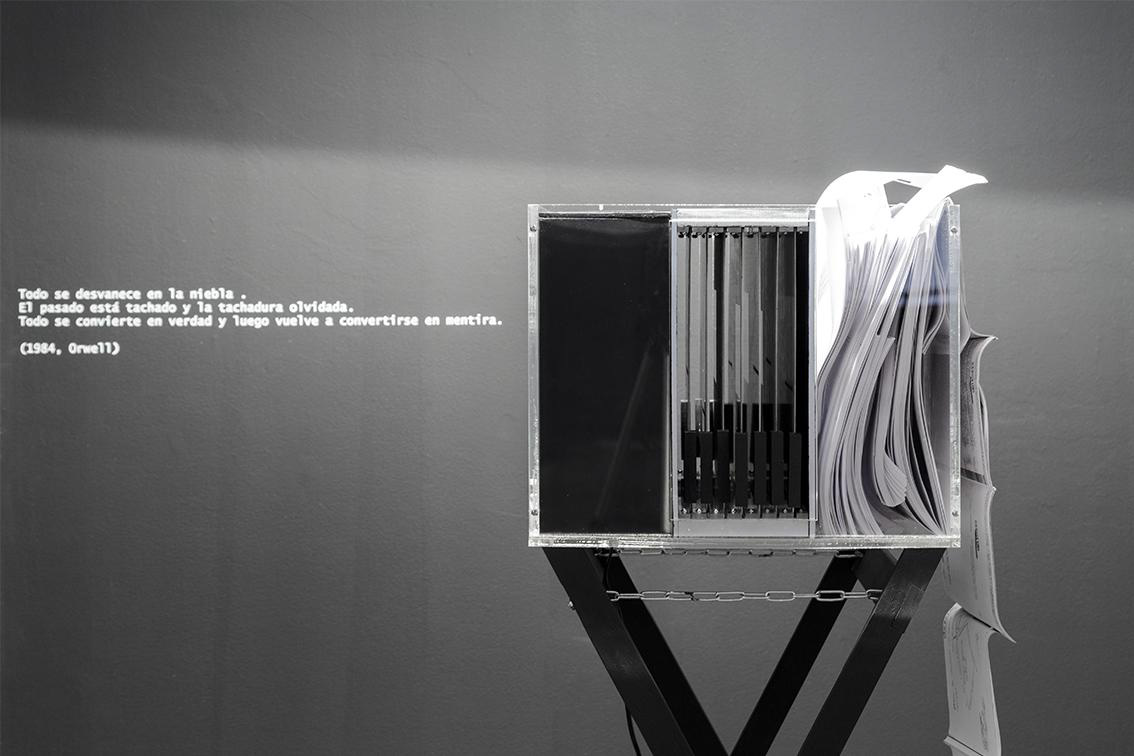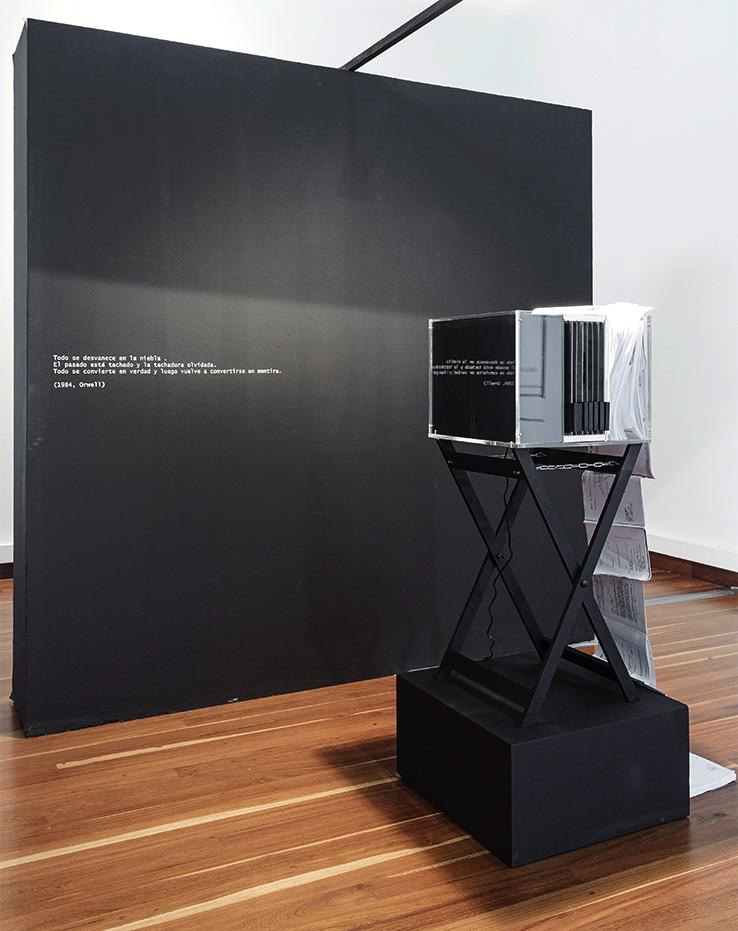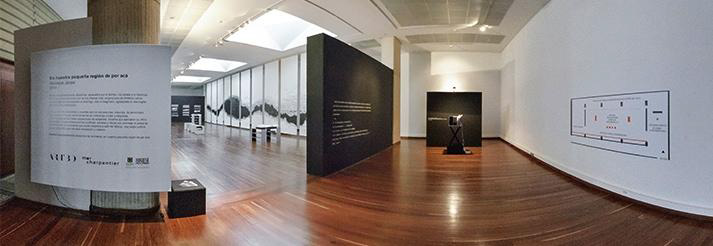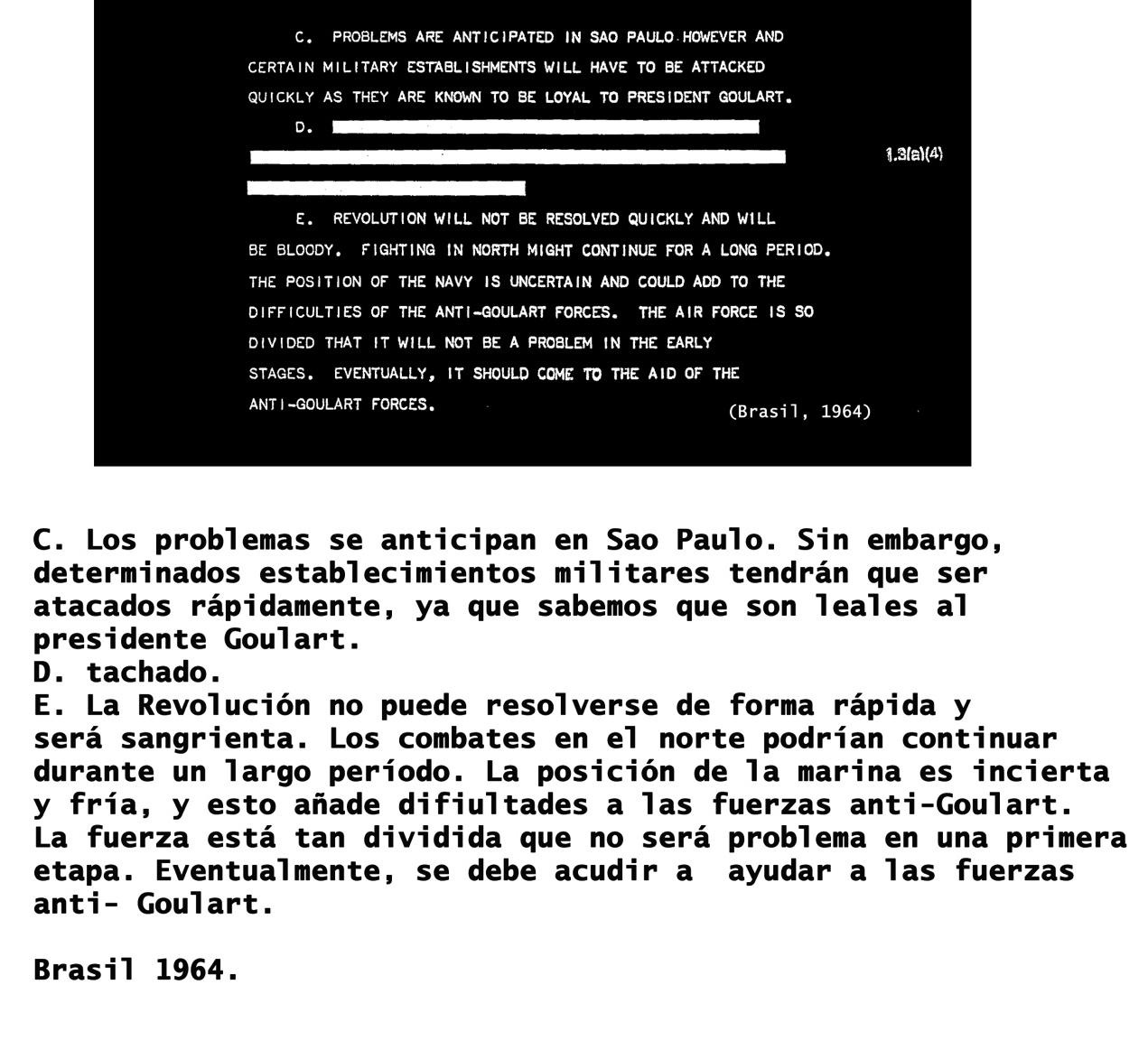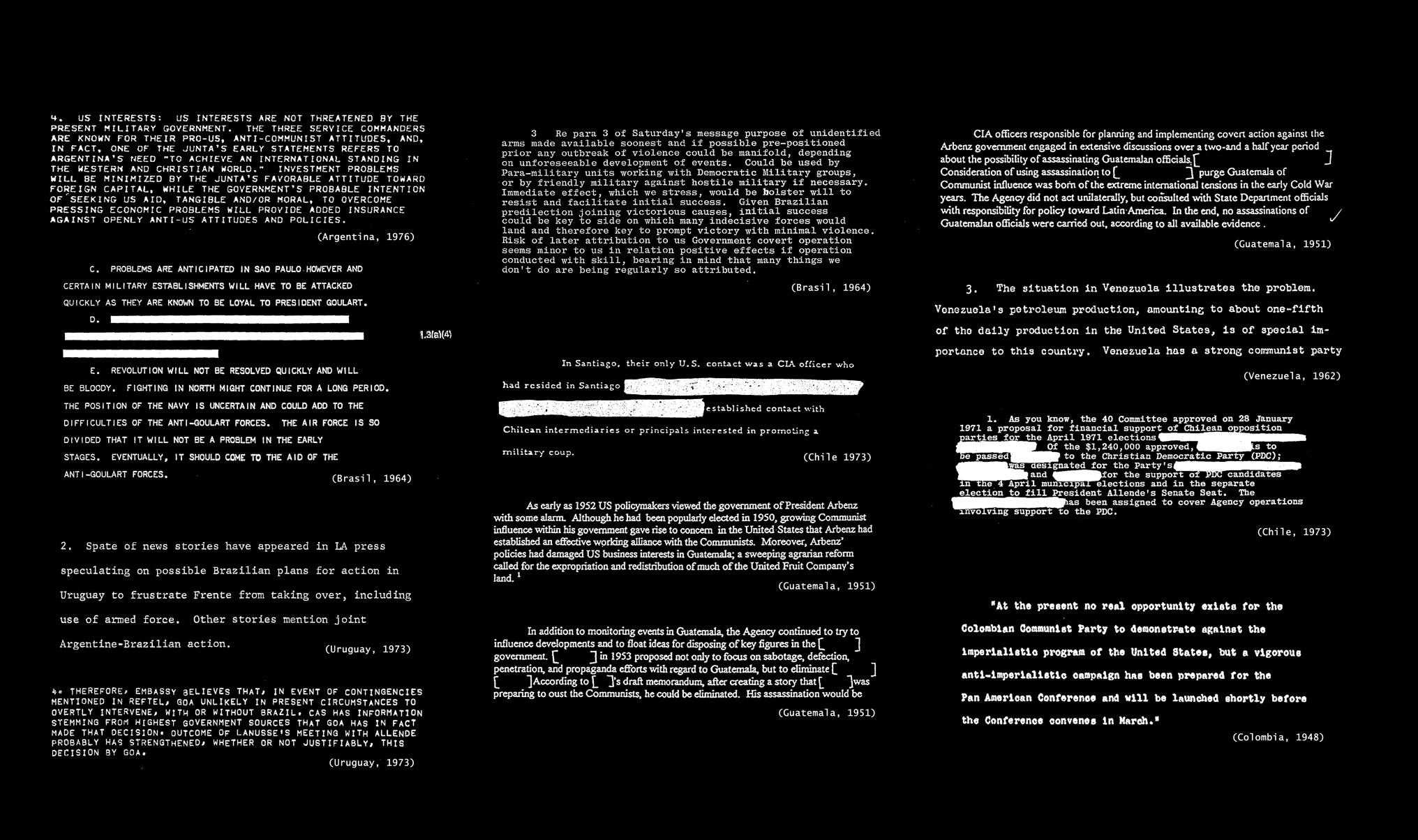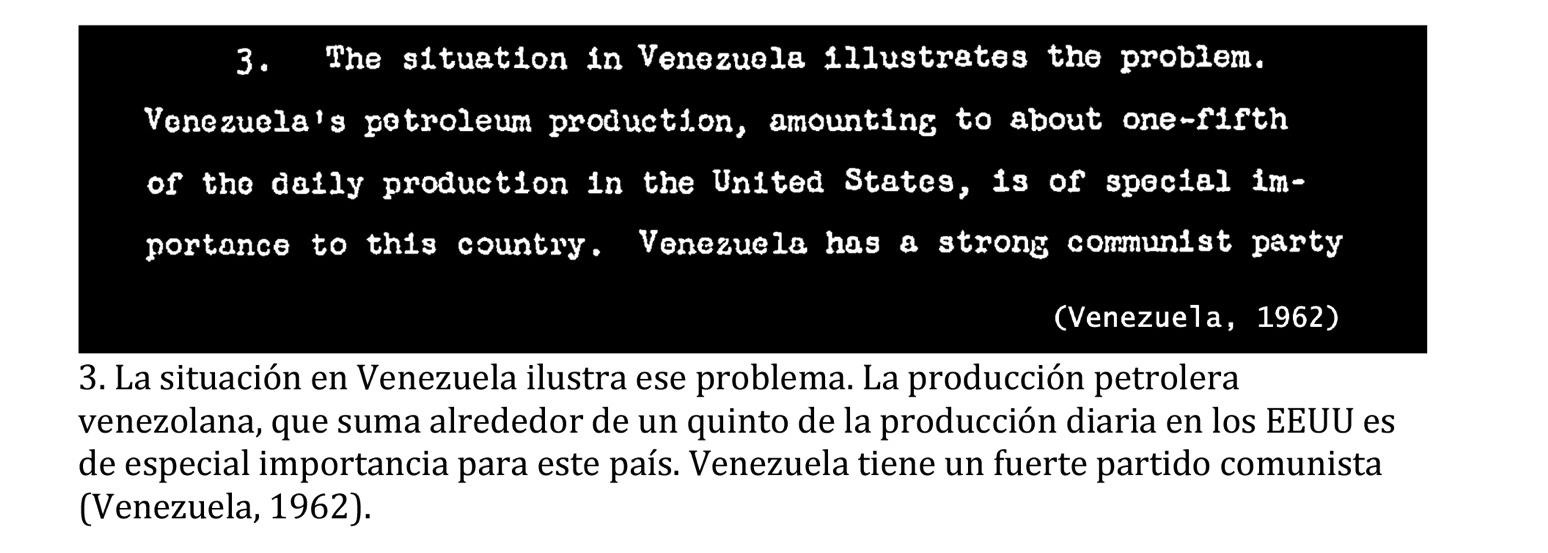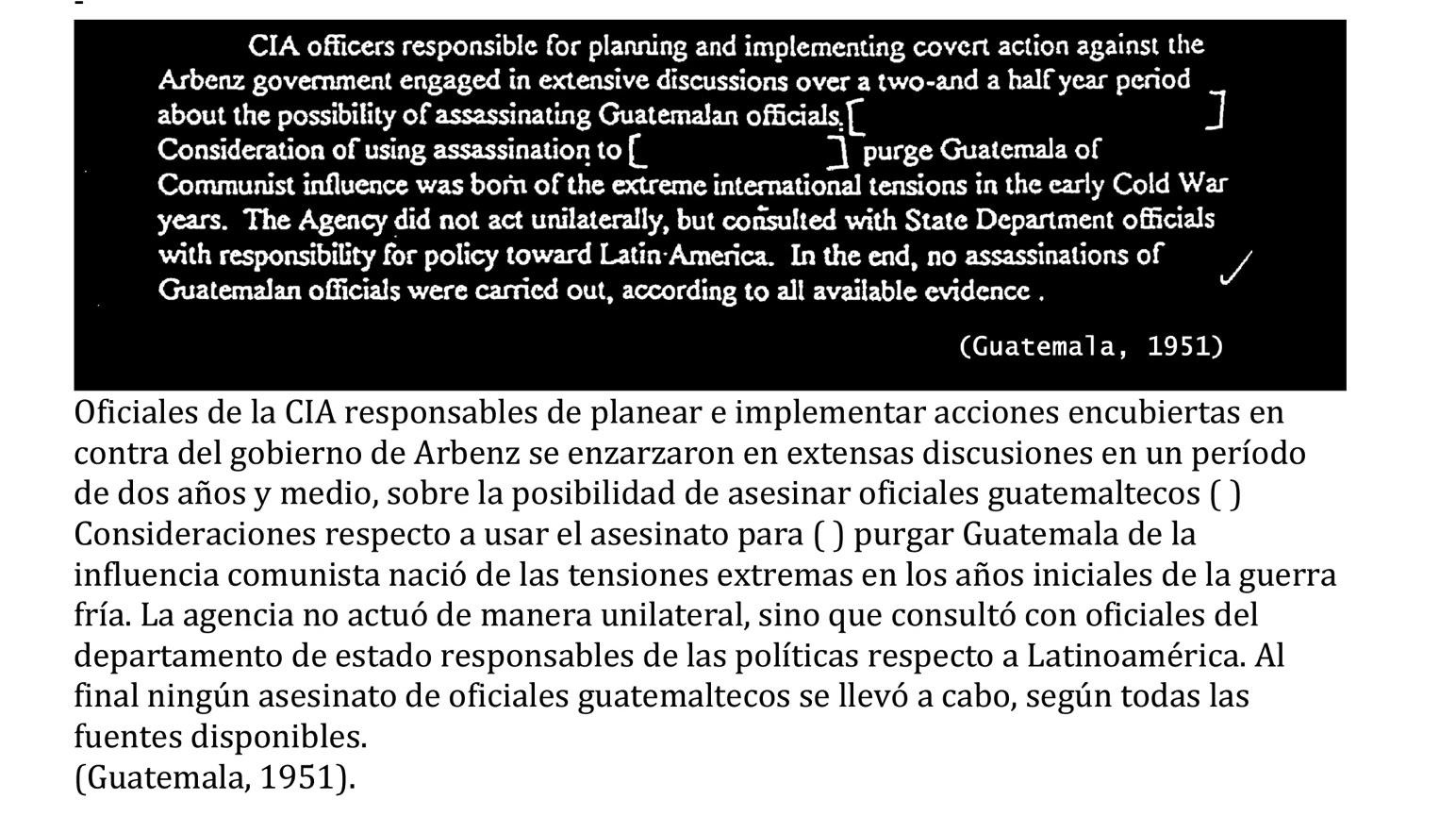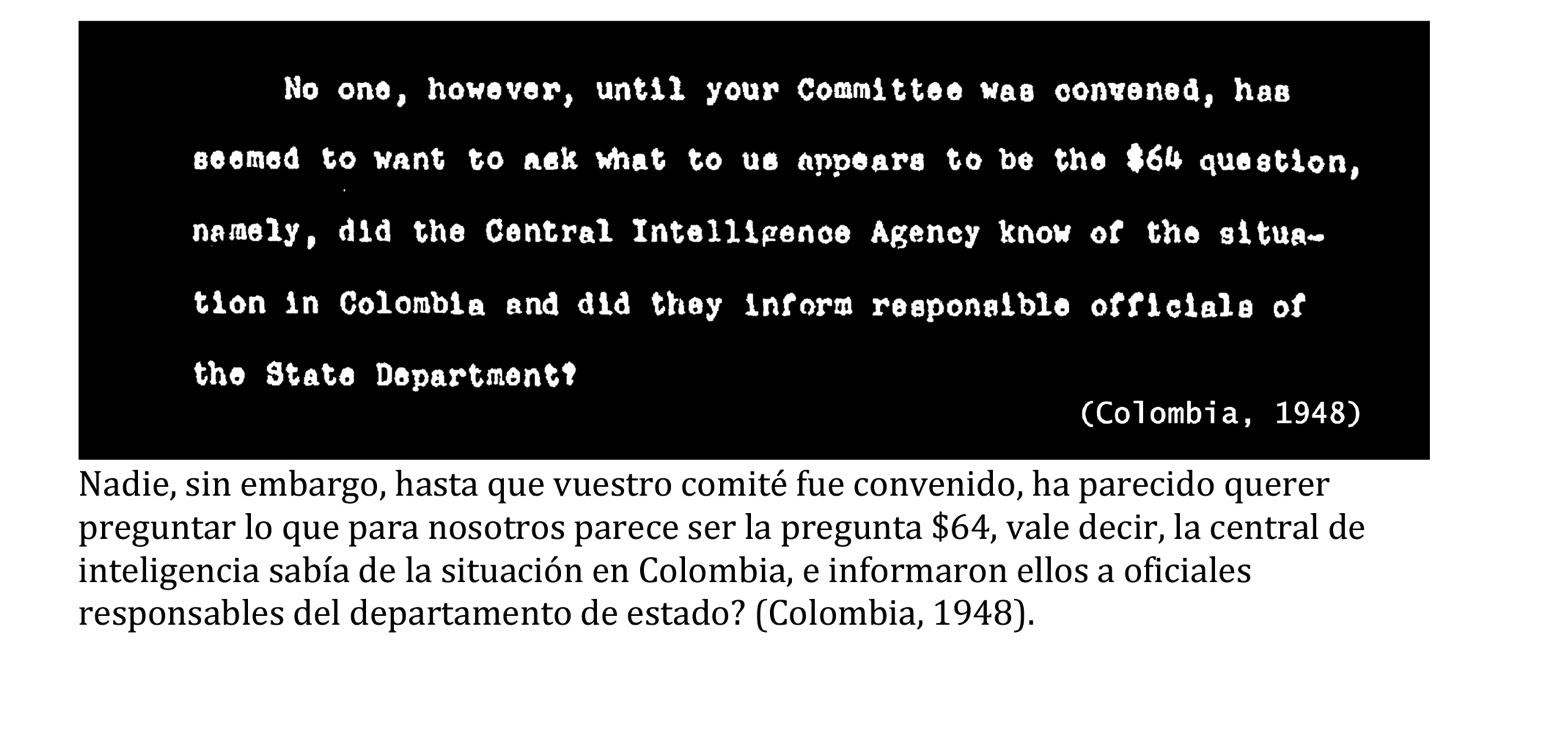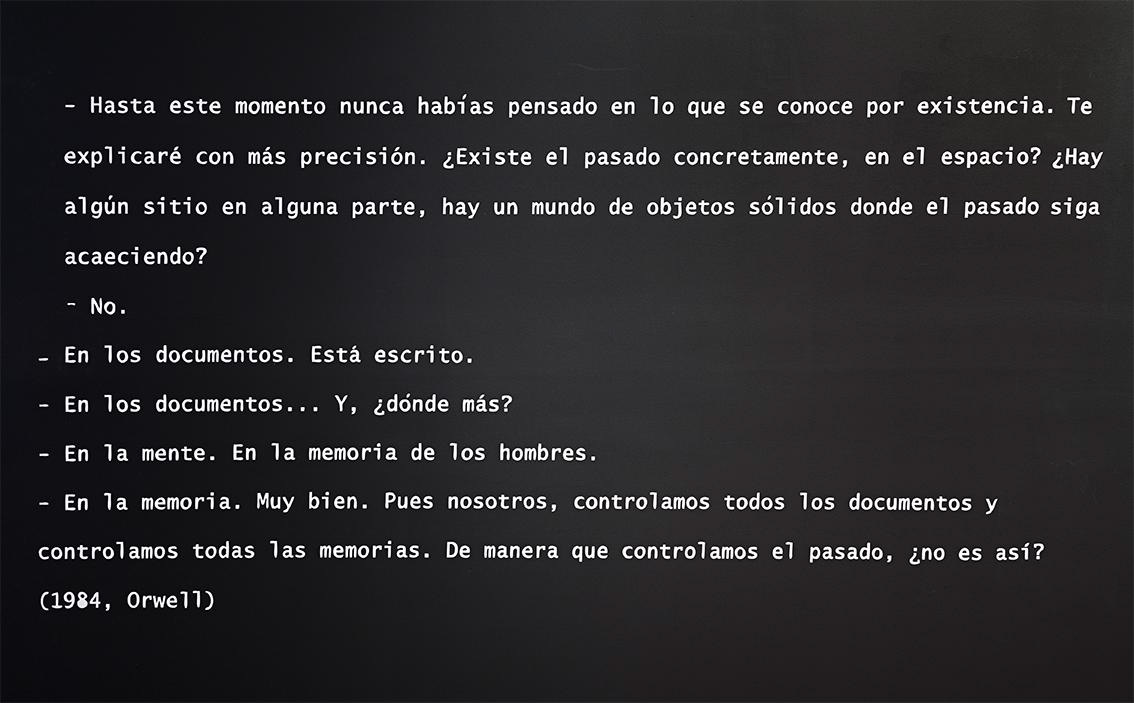En nuestra pequeña región de por acá
Recently, I have come across documents of judicial expert reports stating that Salvador Allende, president of Chile, may have not committed suicide, since he has bullet holes that are not consistent with what Chilean history has stated about his death on the day of the coup d’état in 1973. The body of Pablo Neruda has also been investigated for suspected poisoning and it has been confirmed that former president Eduardo Frei was poisoned with sarin gas. The same happens in Brazil, with the deaths of presidents João Goulart, Jocelino Kutbischek and Carlos Lacerda, who “died” within 6 months of each other in 1976-1977, leaving the way open for opposition to the Brazilian Military Regime. These clarifications or research needs have arisen 40 or 50 years after the events occurred and could change the versions of the official histories of these countries. Based on these facts, I believe it is necessary to give them visibility.
The work consists of a gallery of portraits -whose selection criterion was produced by the investigation of the murders, suspicions of murders or deaths not yet clarified- of public figures in Latin America who occupied or had occupied positions of administration of the States or of important civil or religious organizations within the administration of a country. These deaths meant, at the time, a change in the course of the history of these countries and therefore of the region. Likewise, the lack of judicial clarification, the mantle of suspicion that falls over them, has also had social and ethical consequences on these peoples, and on the development of their future policies.
With archival images, it is proposed to produce the contrast of the two historical situations implicit in these biographies: the portrait (photogram) of the person in opposition to the brutal record of violent deaths or the public commotion of the funerals (painting). The general montage will form a sort of historical chronology and regional genealogy. The confrontation of these images obeys the idea that the course of history can be changed through the sustained elimination of leaders who do not suit a certain system or who have opposed to it.
Through the investigation of the declassified files of the CIA of the United States, it can be verified that many of these crimes corresponded to joint actions of State terrorism in collusion with U.S. agencies. Because of this, the work proposes, in addition to the images, the arrangement of tables with dossiers of files on each case, through the review of U.S. archives and judicial files.
These dossiers are arranged and concatenated with each other in such a way that the continental plot that sustains these deaths is visible. The materialization of this archival plot will be formulated as the research of the documents is carried out.
The third element of the project is a video projection on the wall with the work Translation Lessons. This work considers the idiomatic difficulty for the recipients to access this material and considers the ideological and symbolic dimensions that arise from the English language and its hegemonic condition, since these archives serve to understand exemplarily how historical facts are elaborated from a space of greater contamination and relation of historical plot between countries. It could be said that these documents -and all those generated by political operations kept secret- are the proof and the undoing of this relationship, and therefore carry not only specific information but also reflect a procedure and a political system.
Translation Lessons is specifically about a work in which a Chilean artist (Voluspa Jarpa) hires an English teacher (Nicolás Poblete, novelist) to learn the language, as she does not know the language, and has had difficulties
with it throughout her life. The student-artist proposes a plan to the professor: to learn English by translating declassified CIA files in chronological order. The learning work includes both the textual transcription of the documents, their pronunciation, as well as reading comprehension tests on the subject. The work in time contemplates a first year of compilation and production of the video and translation material. But the work itself extends over time until the translation is completed, which will take several years, where the protagonists will be confronted with the documents, their information, and the reactions they provoke, as well as changing and aging throughout the process. The work will be shown in different moments of its development, starting with an annual edition, where the artist will acquire the English language and the access to the information/non-information of the documents, being the first exhibition, in this opportunity.
ARTWORK VIDEO
Translation Lessons (2014) - Voluspa Jarpa
DIFFUSION VIDEO
Archivos para la Paz - Voluspa Jarpa
DIFFUSION VIDEO
Valparaíso 2014. Archivo desclasificados y creación artística: Voluspa Jarpa
exhibición:
IN COLLABORATION WITH THE CENTER OF HISTORICAL MEMORY
ciudad:
país:
Especificación:
- En nuestra pequeña región de por acá (In Our Little Region Around Here)
Series of photographs printed on stainless steel, paintings on tracing paper with wood and acrylic supports, MDF cubes with a laminated metal coating, acrylic and printed documents inside, MDF desk and bookcase with laminated metal coating and printed documents for consultation, digital printing on PVC adhesive to the wall, printed and fretworked PVC hanging sheets, and acrylic box with wooden support, sound device, stainless steel plates, and printed documents. - Translation Lessons
Video projection on the wall
